| Francis Tribolet was born in Bern, Switzerland in 1836. He married Zipporah, daughter of Charles Simmons and Sarah née Carter, on 12 November 1891, after they had several children together. He acknowledged the following "natural children" in his will: Matilda — born on 15 September 1863, married James Douglas Stewart in 1891, died on 30 April 1936 at Randwick, buried at Rookwood Cemetery Hortense — born in 1865 at Geelong, married William Henry Clinnick in 1887, died in 1923 at Cheltenham Victoria Charles Francis — born in 1866 at Mount Moriac John Rudolph — (sometimes called Rodolph) — born in 1868 at Mount Moriac, died on 18 December 1937 in Queensland James Thomas — born on 8 June 1870 in Geelong, married Minnie Ethel Long (she was my 1st cousin 3 times removed) — common ancestors William Long and Sarah Street), died on 10 June 1922 at Chilwell William Henry — born in 1872 in Geelong, married Henrietta (Hetta) Maud Bray in 1903, died on 24 November 1956 aged 84 years at 357 Pakington Street Geelong, buried in the Presbyterian section of the Geelong Eastern Cemetery Ernest Arthur — born in 1887, married Ellen Nicholls in 1908, died on 12 June 1937 aged 59 years at Geelong, buried in the Methodist section of the Geelong Western Public Cemetery Laura Ella May — born in 1880 at Geelong, married Kenneth Herbert Strickland in 1911, died on 17 January 1964 aged 86 years, buried in the lawn section of the Geelong Western Public Cemetery Boswell Harold Lancelot — born on 13 December 1883, married Blanche Amelia Ethel Tanner in 1902, died on 1 August 1955 aged 71 years at Geelong, buried in the Church of England section of the Geelong Western Public Cemetery Francis — born in 1888 at Geelong, married Irene Ruby Jacks in 1915, died on 19 December 1964 aged 78 years, remains interred in the Melaleuca wall at the Springvale Botanical Cemetery Zipporah had a previous marriage to Thomas Martin at the age of 15. He had charges brought against him for marrying her without her father's consent. The case was adjourned. After that Martin seemed to disappear. |
|
0 Comments
John, son of Charles and Sarah (née Carter) Simmons, was born on 8 December 1852 at Waurn Ponds. He married Jessie Ann, daughter of James and Eliza (née Herd) Hunter in 1873. They had the following children:
Ellen Rebecca — born on 19 June 1876, married Henry Plier in 1896, died in 1940 at Prahran aged 63 years, buried in the Church of England section of the Cheltenham Pioneer Cemetery James Thomas — born in 1877 at Mount Duneed, died in 1895 aged 18 years at Geelong Hospital, buried in the Church of England section of the Geelong Eastern Cemetery Charles William — born in 1879 at Mount Duneed, married Agnes Emma Hutchinson in 1902, died in 1937 aged 51 years at Colac, buried in the Monumental section of the Colac Cemetery on 27 November 1937 Rachel Ann — born on 2 March 1881 at Mount Duneed, married Alfred George Floyd in 1903, died on 24 October 1964 aged 83 years at Brighhton Jessie Mary — born on 11 November 1882 at Mount Duneed, married William John Hunter in 1904, died on 29 November 1951 aged 69 years at East Malvern, buried at the Cheltenham Pioneer Cemetery Alberta — born on 27 June 1885 at Mount Duneed, married Thomas Leslie Newall in 1909, died on 23 March 1964 aged 78 years at Brighton Sarah — born on 31 March 1887 at Mount Duneed, died on 24 October 1975 aged 88 years at Cheltenham Sydney Carter — born on 8 February 1889 at Mount Duneed, died in April 1962 aged 73 years at Bundoora Myrtle Stella — born in 1893 at Mount Duneed, died in 1979 aged 86 years at Coburg John died in 1911 aged 59 years at Warragul.
Born in 1814 in England, Charles was the son of Thomas and Mary (née Smith) Simmons. He married Sarah Carter on 12 January 1840 at Downham, Norfolk, England. They had the following clildren: Charles Carter — born in 1832 at Norfolk, married Elizabeth Gaunt on 14 July 1856, died on 25 January 1921, buried at Maddingley General Cemetery Robert Carter — born in 1833 at Titchwell in Norfolk, died on 2 July 1900 at Lubeck in Victoria Zipporah — born about 1834 in Norfolk, died in Norfolk Amelia — born about 1836 Zipporah — born in 1842 at Downham Market in Norfolk, married James Francis Tribolet on 12 November 1891 in Melbourne, died on 4 January 1898 at Waurn Ponds, buried in the Baptist section of the Geelong Eastern Cemetery Thomas — born on 10 January 1845 at Downham Market in Norfolk, married Eliza Field on 25 August 1870, married Margaret Dwyer in 1883, died on 13 March 1922 aged 77 years at the home of his son-in-law at Rowsley, buried at the Coburg Cemetery Eliza Catherine — born in 1848, married Samuel Harbour in 1870 at Geelong, died on 19 June 1923 Emily — born on 15 February 1850, married John Faulkner, married James John Loone in 1875, married John Dalrymple Ross in 1886, died on 8 January 1894 aged 45 at Geelong, buried in the Church of England section of the Geelong Eastern Cemetery John — born on 8 December 1852 at Waurn Ponds, married Jessie Ann Hunter in 1873, died in 1911 aged 59 years at Warragul Ann — born on 9 December 1852 at Geelong, married John Fitzpatrick on 25 August 1870 at High Church in Geelong William — born on 20 September 1855 at Mount Duneed, married Rebecca Hunter in 1877, died on 14 August 1932 aged 76 at Geelong, buried in the Church of England section of the Highton Cemetery
John Nicholas, son of Peter and Elizabeth (née Begley) McCann was born in 1851 at Geelong. He married Emma Hill in 1875. The couple had the following children:
Herbert William — born in 1876 at Ceres, married Mary Cecilia Hayes in 1913 at Melbourne, died on 8 April 1943 Sarah Elizabeth — born in 1877 at Ceres, married Alfred Pigdon in 1904 at Bellarine, died on 12 July 1950 at Geelong West Clarence Newham — born in 1880 at Ceres, married Grace Marendaz in 1899, died on 4 September 1957 aged 77 years at Geelong, buried in the Independent section of the Geelong Western Public Cemetery Gertie Eva — born in 1887 at Ceres, married Harold Charlton Webster in 1925, died in 1988 aged 100 years at Newcomb Hilda May — born in 1890 at Ceres, married William Stanley Holt in 1922, died in 1973 at Ormond John, with his father Peter, established quarries at Waurn Ponds and in 1888 cement works at Fyansford. John served as a Barrabool Shire councillor from 1887 until 1895 and from 1902 until 1905. His brother, Sydney Herbert (1872-1948), served for thirty four years from 1914 until his death in 1948, including nine terms as president. His grandson William S McCann served from 1972 until 1981. Ernest W McCann (1905-1985) son of Sydney Herbert, a farmer served in many positions of importance — on Geelong Harbor Trust, Pipelines Commission, Farmers' Federation, Rotary Governor. John died on 7 May 1929 aged 77 years at Newtown and was buried in the Church of England section of the Geelong Western Public Cemetery. Emma died on 7 Mar 1934 aged 78 years at Geelong and was buried with him.
Remembrance Day — Waurn Ponds Sunday 11 November 2018 10:40 am — Waurn Ponds Memorial Reserve Corner of Cochranes Road and Waurn Ponds Drive Everyone is welcome to attend the service 2018 marks 100 years of the ending of the First World War. A memorial service will be held at the Waurn Ponds Memorial Reserve to commemorate this significant event. Wreaths will be laid followed by a minute silence to remember all those who served our nation.
The Waurn Ponds Memorial Reserve Committee of Management invites everyone to the 99th anniversary of the planting of the Waurn Ponds Memorial Reserve. The annual memorial service will be held on Sunday 1st July 2018 10:30am at Waurn Ponds Memorial Reserve corner of Waurn Ponds Drive and Cochranes Road.
There will be a march before the service with the Army, Navy, Airforce Cadets and Veterans marching together. The Geelong Military Re-enactment Group will fire from the 25pounder gun. After the service there will be a BBQ and Light Refreshments in the Waurn Ponds Hall. Ladies are asked to bring a "Plate". If anyone has any history of the Waurn Ponds Servicemen and women we would love to hear from you? Wreath Laying Welcome . Everyone Invited.
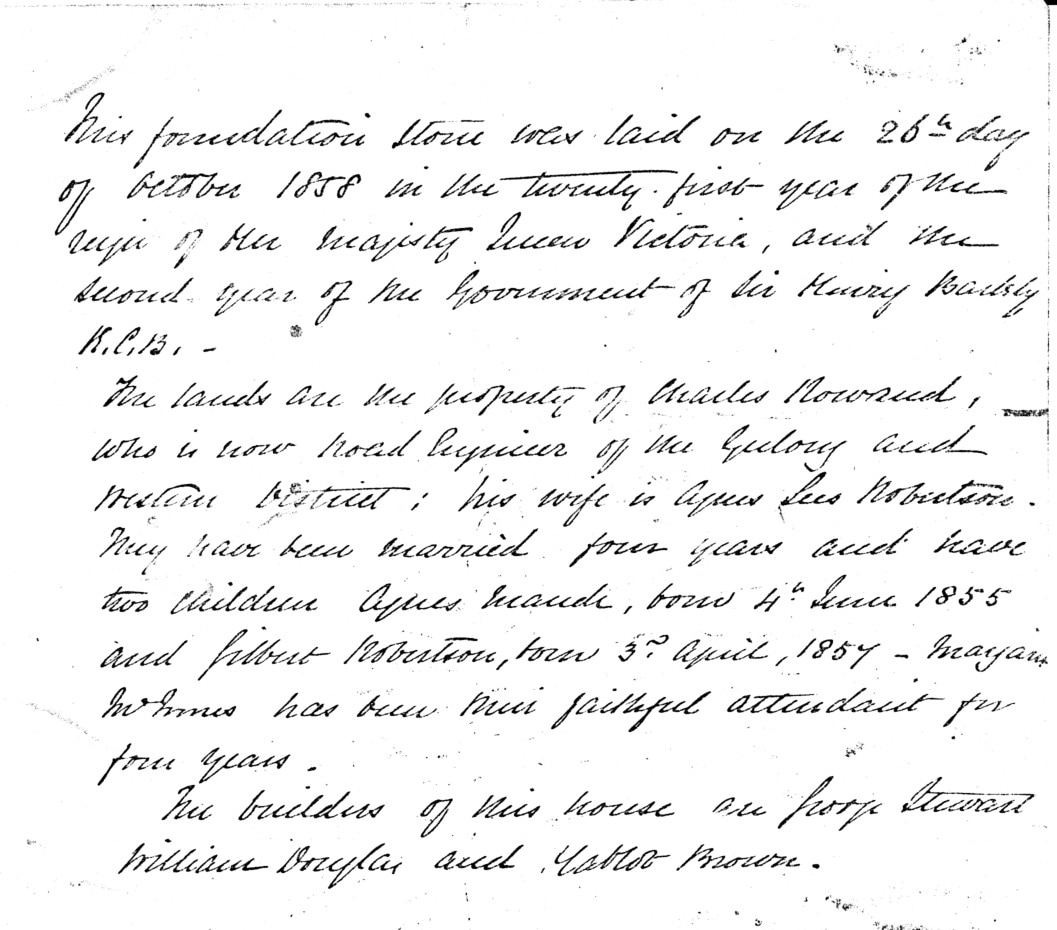 In 1858 Charles Rowand built a bluestone cottage on his 38 acres at Mount Duneed. A bottle in the foundations contained this letter together with a copy of the Ballarat Miner and Weekly Star dated Friday, October 22, 1858, a copy of the Geelong Daily News dated October 21, 1858 and a Maundy coin (4d value) dated 1854.
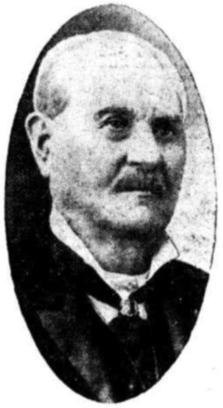 Alexander C Macdonald Alexander C Macdonald Alexander Cameron Macdonald was born on 9 August 1828 to Alexander Cameron and Sarah (née Warby) Macdonald at Campbelltown and was educated there. He loved the bush and learned the ways of the blacks. He made many explorations into the trackless country. He later opened the first post office in Wangaratta. He then became assistant to and later the partner of Charles Rowand at that time practising as a surveyor, architect and civil engineer at Geelong. Much of the laying out of Geelong was done by the pair. He was attracted by the gold rush and tried his luck in Ballarat but had little sucess. He returned to Geelong in 1852 to resume surveying and also ran an auctioneering business. In 1876 he moved to Melbourne where he suffered in the financial depression of the 1860s. In 1873 he was secretary of the Western District Railway League. He was a member of the Geelong Town Council for two terms. He stood for Parliament on three occasions but was unsuccessful. He established vineyards on the banks of the Barwon and Moorabool Rivers but suffered when phylloxera became an issue. He went to Melbourne in 1876 where he went into business as an accountant and manager of companies, and spent much of his time collating his records of the aborigines and their language and ways. He soon became an authority and in 1883 he founded the Royal Geographical Society of Australiasia. He became its first hon secretary and hon treasurer. He also edited the society's journal until 1906. To mark his retirement the members presented him with a purse of sovereigns. He served as a councillor for the Shire of South Barwon from 1888 until 1914. In 1852 he married Margaret Rainy, third daughter of Gilbert Robertson. She died on 8 February 1901 and was buried at the St Kilda Cemetery. Her husband died at his residence in Punt Road, Prahran on 18 June 1917 and was buried beside her. He was looked after in his declining years by their adopted daughter Lily. Their one month old son, Gilbert Robertson Macdonald who died on 2 January 1854, was buried with his grandfather Gilbert Robertson in the Geelong Eastern Cemetery. Gilbert Robertson, father of Agnes Rowand, was born on 10 December 1794 in Trinidad to a Scottish father and a West Indian slave mother. At the time money and lineage were more important than race. Mixed race children were often sent back to Britain to get a good education and then found a profession, carrying with them their family name. This was common in the West Indies and also in India. Gilbert was brought up in Scotland where he served a four-year apprenticeship to a Lothian farmer, acquiring the skills and knowledge of agriculture which gave him a reputation of being one of the best agriculturists in the southern hemisphere. He arrived in Van Diemen's Land in 1822 with his wife and child. Five more children were born in Australia. He set up a farm and later served for some time as Superintendent of Agriculture. In 1832 he had an association with the Hobart Town Press. In 1834 he set up his own paper which was the first in Hobart to be produced daily. He occupied a very prominent position in public affairs in Van Diemen's Land where he suffered persecution from his position at the time of an unpopular government. Gilbert's life in Australia probably did not live up to his expectations. He had a number of setbacks and was revered more in death than in life. During 1845 and 1846 Gilbert became Superintendent of Agriculture at Norfolk Island. His wife and young children joined him there. His married daughter Fanny stayed in Hobart. The family lived at Branka House at Longridge. The main purpose of Longridge was to maintain an agricultural settlement with convicts supplying the labour. Early in 1847 Gilbert resigned his position at Norfolk Island and travelled to Hobart to secure employment and prepare for the family to follow him. He probably did not find a suitable job in Tasmania as he came to the Geelong area soon after. He convened a number of public meetings. He was nominated to stand for election on the Geelong council in 1850. In his role as editor of the Victorian Colonist and the Chronicle he often expressed unpopular but well meaning opinions. On 5 September 1851 he died about a mile from the Barwon bridge while riding his horse to Colac. Although he received immediate assistance he could not be saved. A subsequent inquest was held where it was decided he had died of an apoplectic seizure. It was learned that two previous seizures had occured. He was aged 56 years. On Sunday 7 September his remains were conveyed to the Geelong Eastern Cemetery for burial. Although the public had not been formally notified his funeral was attended by the most numerous and most respectable assemblage that had been witnessed in Geelong. Very soon after his death about 80 of his friends met at the Prince of Wales Hotel to show their respect for him by raising of a sum of money by public subscription to be invested for the benefit of his family who were left in scant circumstances. It was expected that about £500 (a considerable sum back then) would be collected. By December it was reported that £1400 had been collected. His wife, Agnes née Lees, who died on 28 January 1853 at the age of 51 was buried beside him.
The Australian House Museum began in the late 1970s using the vacant land in front of Deakin University at Waurn Ponds. Buildings were arranged in a row in a street named “Common Place”. This project resulted in many buildings being classified and preserved that would have otherwise been demolished. This project ceased as a result of high maintenance of the houses and the need for the land to be used for other purposes. Frank Campbell gathered historic buildings at the campus between 1979 and 1992. The Freshwater Creek School and residence provided office space and an area for a small artefact museum. These buildings were used by Deakin as a valuable part of Australian Studies. It was planned for other humanities courses and possibly social science ones to use this resource for teaching purposes in the future. 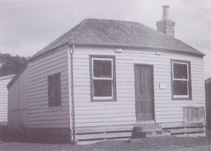 Hawker's cottage Hawker's cottage 86 Skene Street, Newtown "Hawker's Cottage" Built in 1854 as a two roomed house, it expanded to three, then four rooms. The detached kitchen was built in 1886. Kitchens began as outdoor fires with rudimentary shelter. They were detached by law for reasons of fire, tradition and hygiene. Disease was thought to be caused by smells and vapours and drainage usually ended in a cesspit. The kitchen seemed to be designed to create a room for a servant. After the museum closed this cottage was considered beyond repair and was demolished. 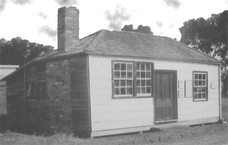 Bromley cottage Bromley cottage 26 Lupton Street, Geelong West "Bromley's Cottage" This tiny house by our standards housed twelve people in the Bromley family who lived there from 1862 to 1862 in a space 18 feet by 18 feet. Edward Thomas Bromley was transported to Port Phillip Colony at the age of 14 in 1847. His wife was the widow of his business partner, John Sherry. Sherry's family probably lived in the cottage too. The floor in the front two rooms was originally made from packing cases. As was common at the time the internal walls were lined with hessian and covered with wallpaper to keep out the drafts. It had timber shingles under the corrugated iron roof. It was relocated to Sun Street, Moolap before being included in the museum in 1984. After the museum closed this cottage was considered beyond repair and was demolished. 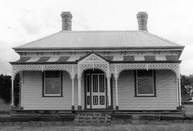 Herd's house Herd's house 69 Fyans Street, Chilwell "Herd's House" This is a lower middle class house built before the 1892 depression. The cast iron lacework is Indian inspired. The Herds were painters, decorators and plumbers. In 2004 this house was relocated to 122 High Street, Drysdale. 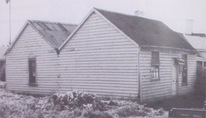 Jacob Werner's cottage Jacob Werner's cottage 13 McNicol Street, Geelong West "Werner's House" This building is presumed to have been two separate one roomed miners cottages built about 1855 and relocated from the goldfields. The two dwellings were combined and divided into rooms to form a four roomed house about 1865. Originally the cottages had no ceilings or walls. These were added by Jacob Werner after he moved in. He was a German musician, who settled in Geelong and became a painter and decorator. Originally the roof was covered in whitewashed timber shingles. This house may have been relocated in central Victoria. 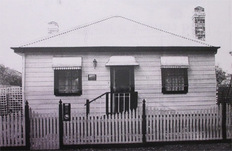 21 Brewongle Ave, Hamlyn Heights 21 Brewongle Ave, Hamlyn Heights 22 Coronation Street, Geelong West "Arthur's house" This 1854 prefabricated house in Geelong West was recommended by the Geelong West City Council for inclusion in the project at Deakin University to allow the site in Coronation Street to be redeveloped. When the house was at this site the front of the house was on the boundary with the front doorstep on the footpath. The house is considered to be of architectural significance and as such was protected under the Geelong Regional Commission's Interim Development Order. Developers planned to donate the house and contribute $500 towards the cost of its removal. The house was a rare example of a prefabricated timber house believed to have been built in Singapore in 1853 to help meet a housing demand caused by Victoria's gold rushes. Factories set up by the British in Singapore employed Chinese craftsmen making thousands of houses to meet the demand. Alexander Fyfe who built Hillside in Williams Road, Mount Duneed imported many of these houses. When the museum was being wound up Arthur's House hit the road again for its new home facing a tree-lined park in 21 Brewongle Avenue, Hamlyn Heights. 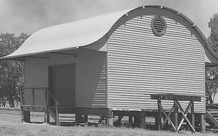 The shed at Muckleford The shed at Muckleford The Winchelsea Goods Shed The shed which originated at Winchelsea on the Geelong-Warrnambool line is similar to many others. A similar shed was once at Birregurra on the same line. Built in 1876 it came to the museum in 1987 and was used to store recyclable building materials. After the project closed the shed was moved to the Muckleford station on the Victorian Goldfields Railway. It is available for hire for parties or for corporate events as well as Victorian Goldfields Railway training and general activities. 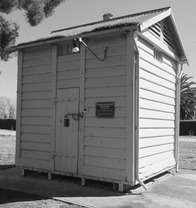 Police Lock-up, East Street, Inverleigh This lock-up, which was erected in 1888, is very secure as it has a steel cage concealed under the timber. Almost 200 of these were installed throughout Victoria at small police stations. They were used from the 1870s until the 1960s. They were cold in winter and hot in summer. They were mainly used to hold drunks overnight. The policeman's wife had to supply meals. When the museum closed it was returned to Lawsons Park, East Cambridge Street, Inverleigh. 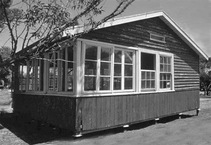 The room at Natimuk The room at Natimuk Natimuk Open-Air Pavilion School Natimuk Open Air Pavilion School was constructed by the Public Works Department in 1914 as an open air classroom at the Natimuk State School. It was the only building in the museum not to have originated in the Geelong area and was moved to the museum in 1988. The room held up to 48 children. Three sides had canvas shutters fitted above three feet. Forty four of these classrooms were built between 1911 and 1914 in the hope of creating a healthier environment at a time when Tuberculosis was at plague proportions. These classrooms were unpopular with teachers in the winter. The room was returned to 28 Noradjuha Road, Natimuk, in the grounds of the Natimuk School in 2002. 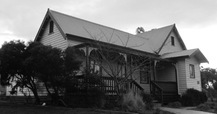 The school at Mount Duneed The school at Mount Duneed The Freshwater Creek State School The local Freshwater Creek community contacted the museum to suggest that their school be moved to the Waurn Ponds site, as they felt it was doomed by eventual road widening. The building comprises a teacher's residence and a schoolroom with a capacity of 60 children. After demolition of chimneys the bricks were moved to the university. A large front room added in the 1950s was also removed. The roof was cut off as the gothic style school was too high to travel in one piece. It was then moved in two sections. After relocation the building has been fully renovated. The three two metre finials on the gables had to be remade, a new verandah, new rear porch and balconies and walkways constructed. Most schools of the 19th century have been well researched and the design of original features could be taken from this knowledge and by research from the people of Freshwater Creek. This type of school and residence was designed by the government architect, based on traditional designs which evolved slowly in the 19th century. The schools were built in a set of standard sizes. The teacher's residence has two bedrooms, built in an era when five or more children per family was usual. The schoolroom was heated by an open fire. After the museum closed the school was returned to its original site. In 1994 the school was once again on the move, this time because of the merging of Freshwater Creek, Connewarre and Mount Duneed State Schools. The school is now in the grounds of Mount Duneed Regional Primary School and is used as a classroom. 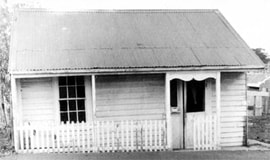 3 McKillop Place Geelong "Shabott's Cottage" An 1849 cottage moved to Deakin in 1982. It was later demolished
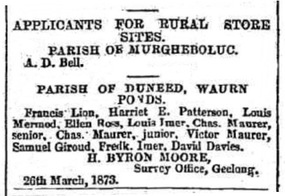 In September 1872 at a local land board sitting the following applied for land near the old Victoria Inn: Joseph Asplin — 7 acres David Davies — 20 acres Louis Mermod — 12 acres James Neale — 5 acres Objections were raised by Messrs Hanson, Miller and JH Sleator concerned that such valuable land was being sold too cheaply. The board decided to recommend that the land be sold by auction in 5 acre lots. In 1873 a number of small sites were advertised for selection. At the local land board held in Geelong on Friday 4 April, 1873 a number of applications were lodged for rural store licenses for 3 acre sites. These applicants were expected to improve the land before they could claim ownership. They were sold for £10 per acre, a lower price than earlier expected. Many of these blocks were sold within the next few years. Early in 1924 it was proposed that a hall be built at Waurn Ponds to be used as a mechanics institute and free library. On the afternoon of 18 June 1924, with the hall more than half paid for, Alderman JN McCann performed the official opening of the hall. He had donated the land for the hall and £50 towards its erection. The donation was conditional of the residents raising £200. This was accomplished by bazaars and other efforts and also a government grant of £50. The grant was obtained because the project included a free library. 100 books were purchased with the expectation of 150 more within the following 12 months.
The final cost of the building was £650 and over £700 with the inclusion of furniture. At the inaugural meeting the following trustees were appointed: R Polley (chairman) T McKim R Hunt A Larcombe A Pigdon
|
SponsorsLinksThe Bluestone Cottage at Marshall
Together They Served Torquay Museum Without Walls Barwon Blog Geelong and District Database Geelong Cemetery Index Australian War Memorial Trove Public Records Surf Coast Early Schools Victorian Places Barwon Heads History |
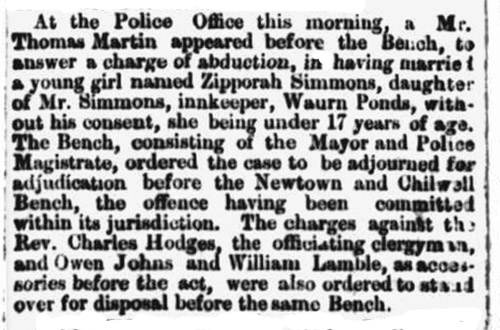
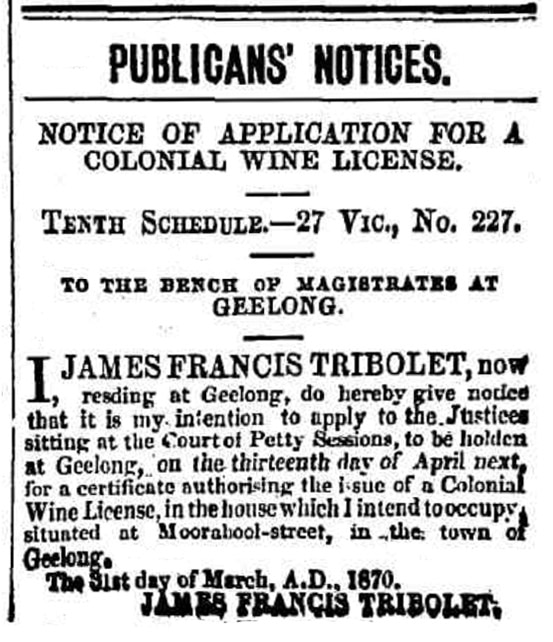
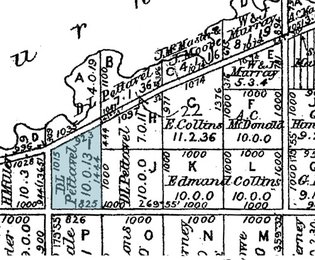
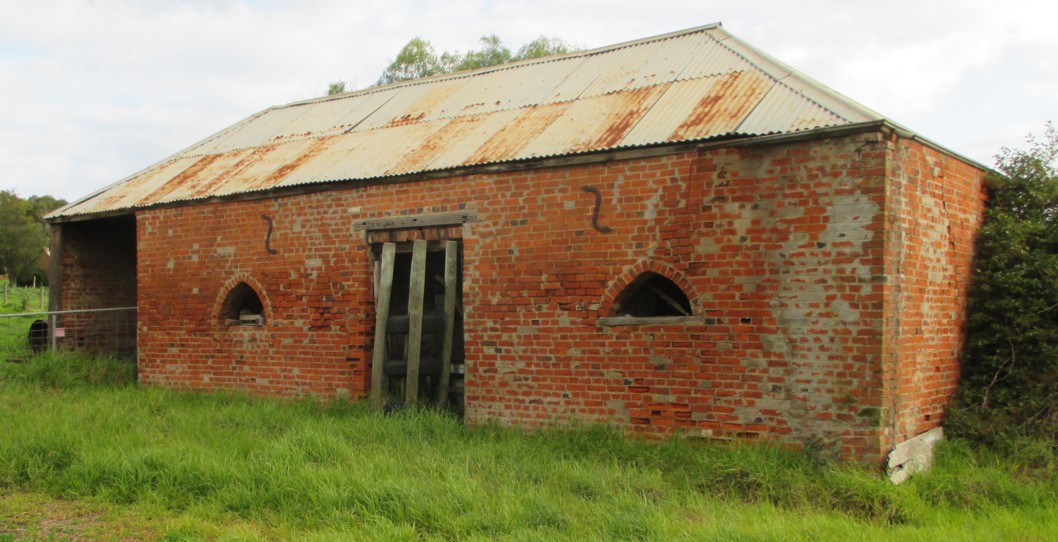
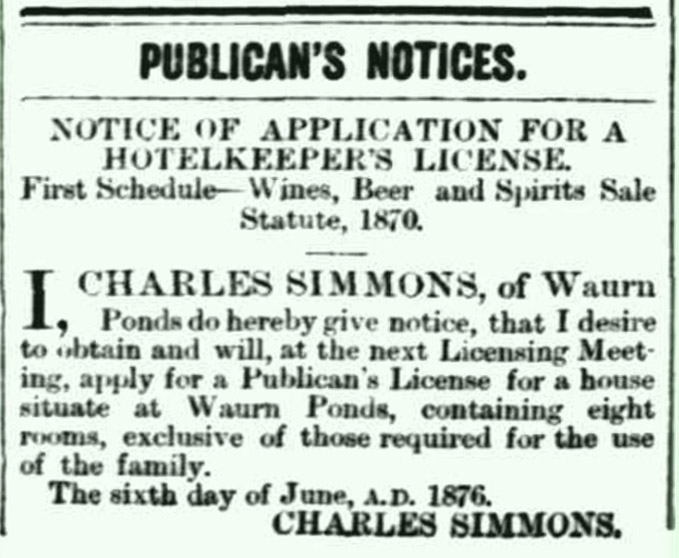
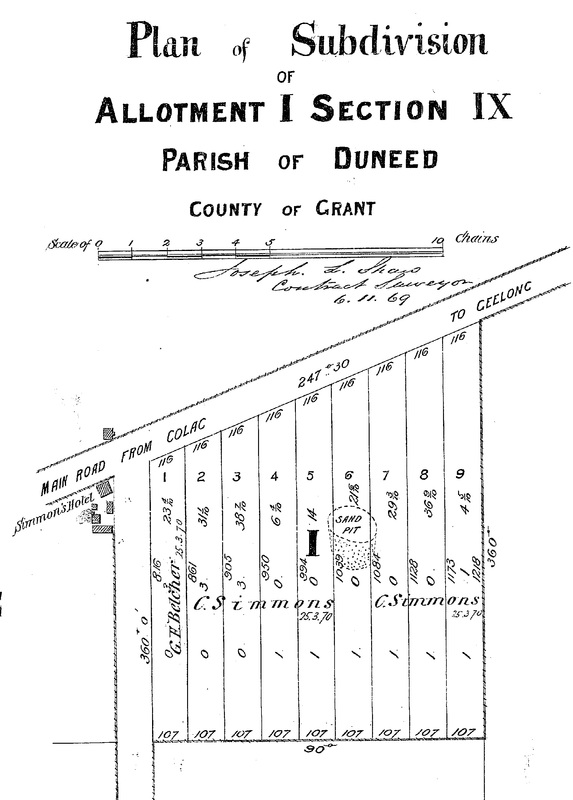
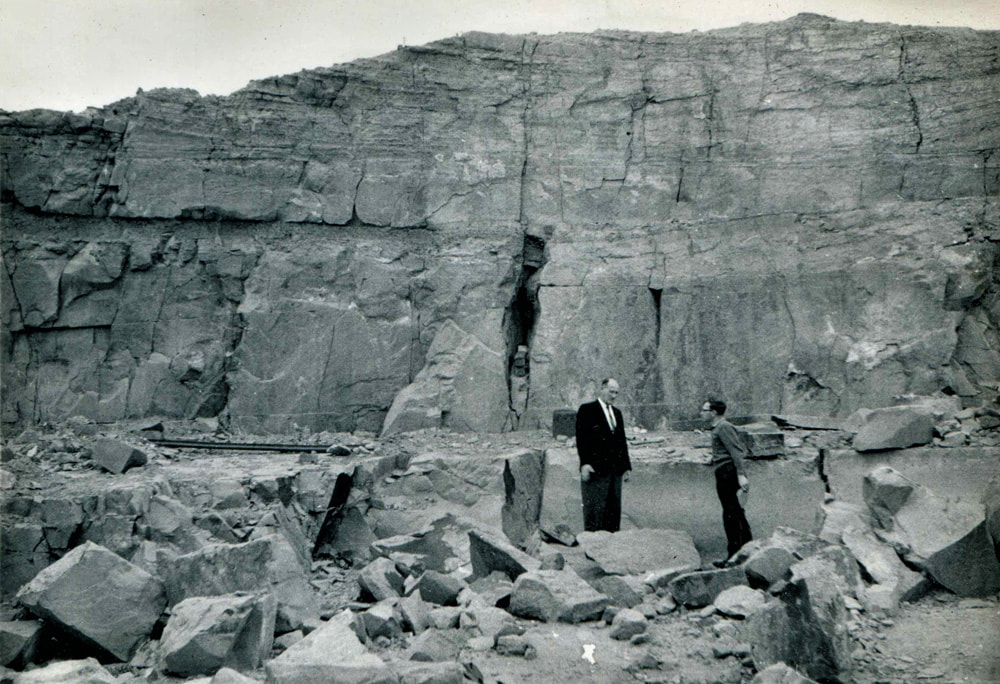
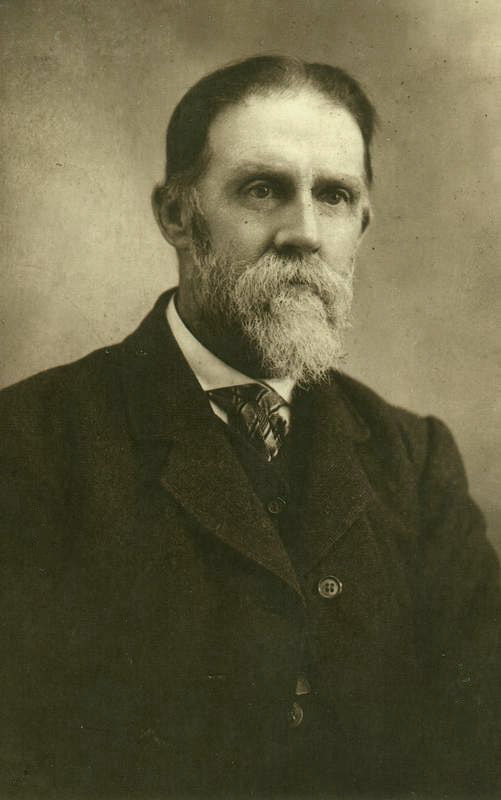
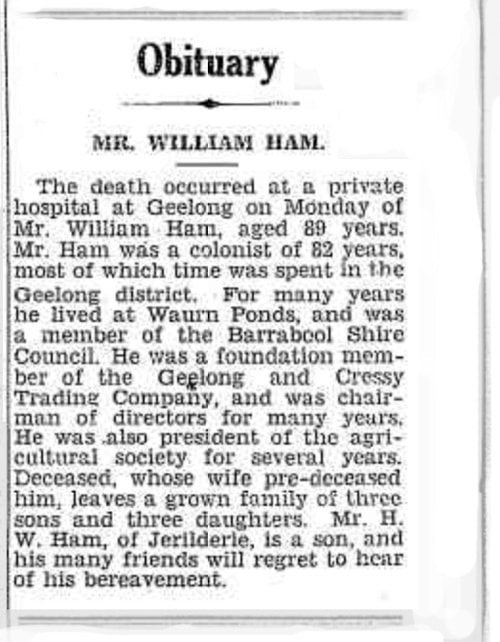
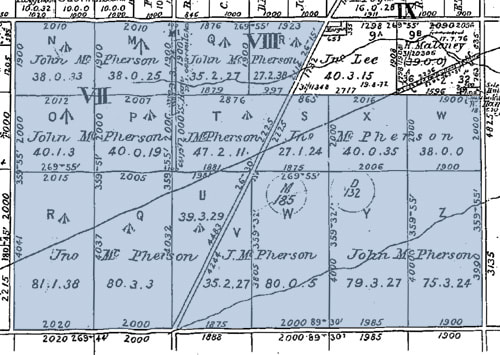
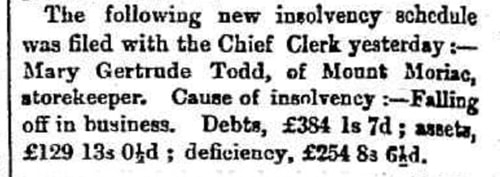
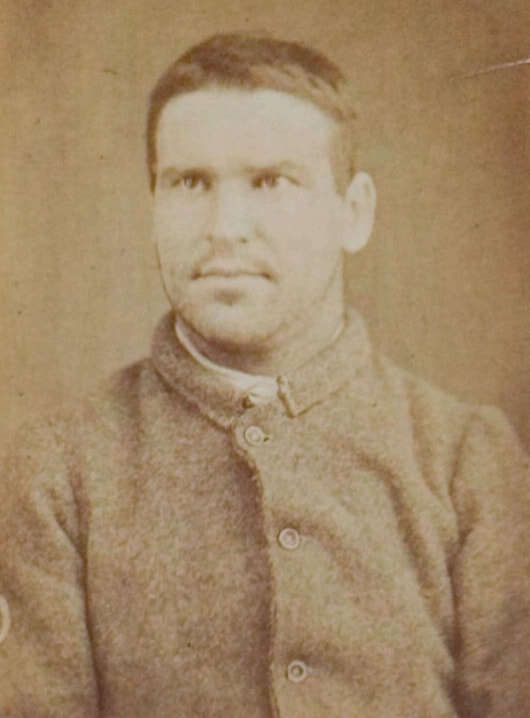
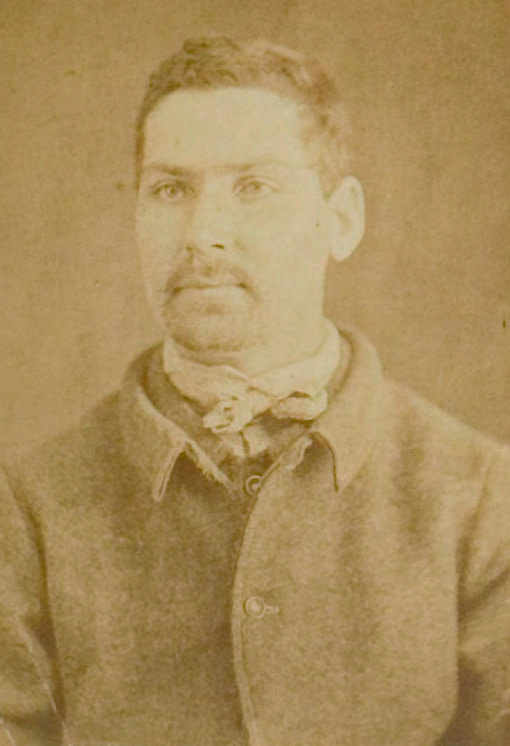
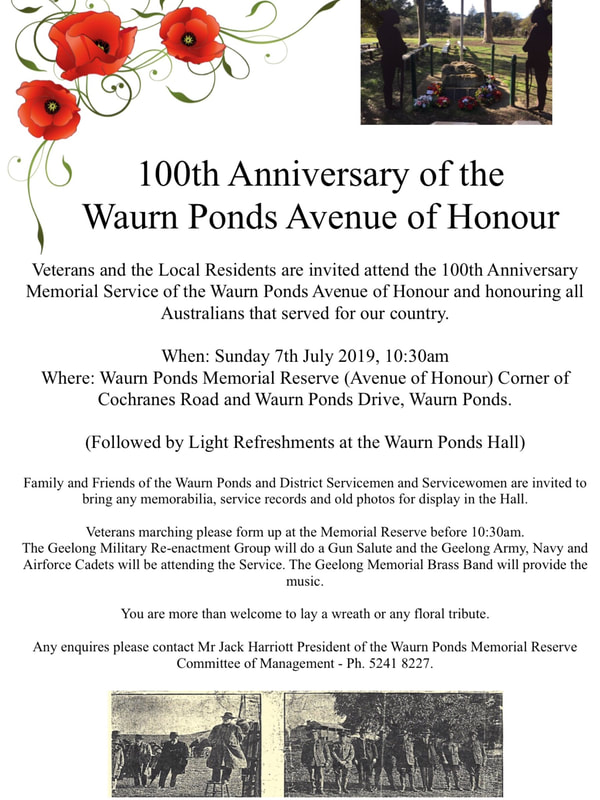
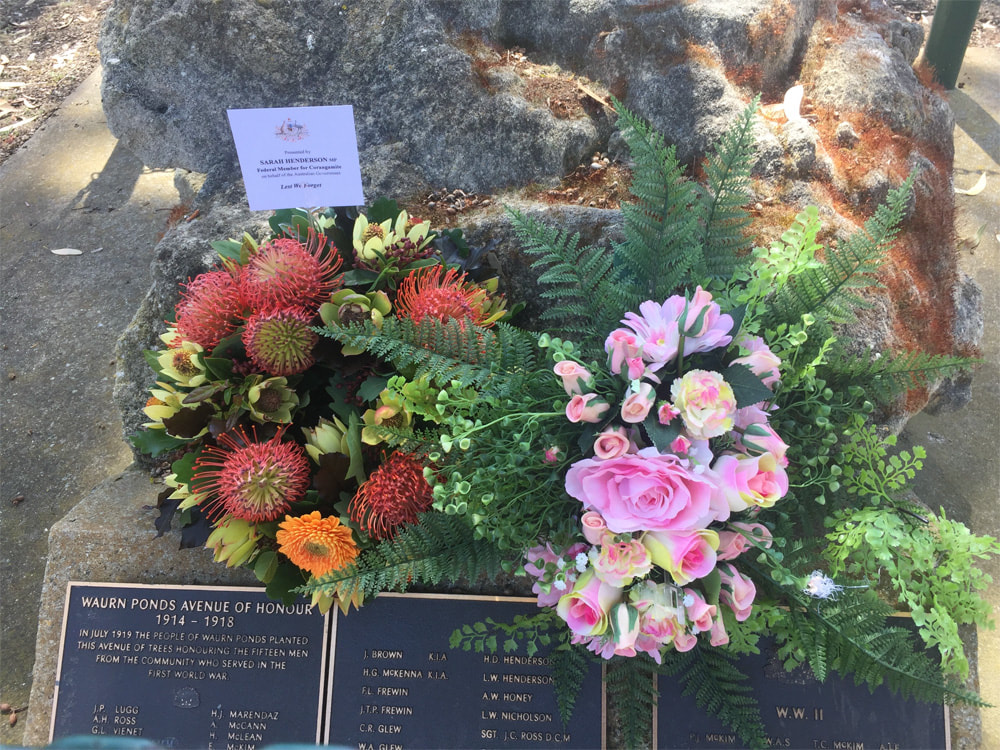
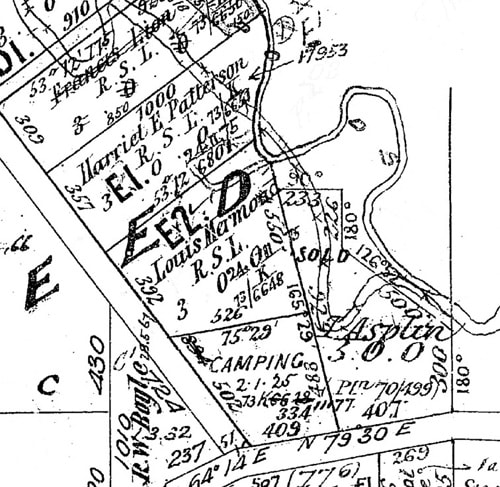
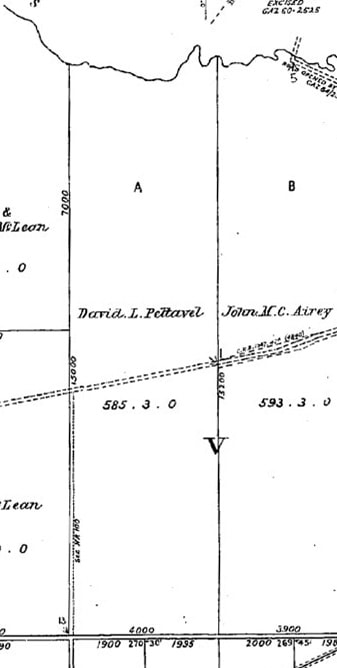
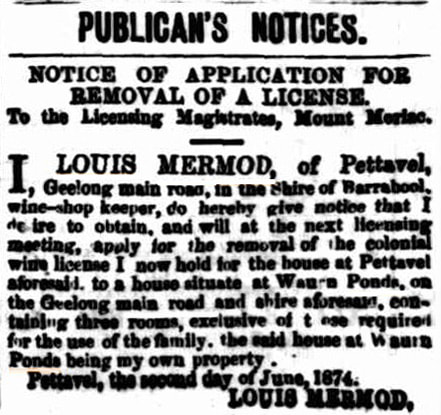
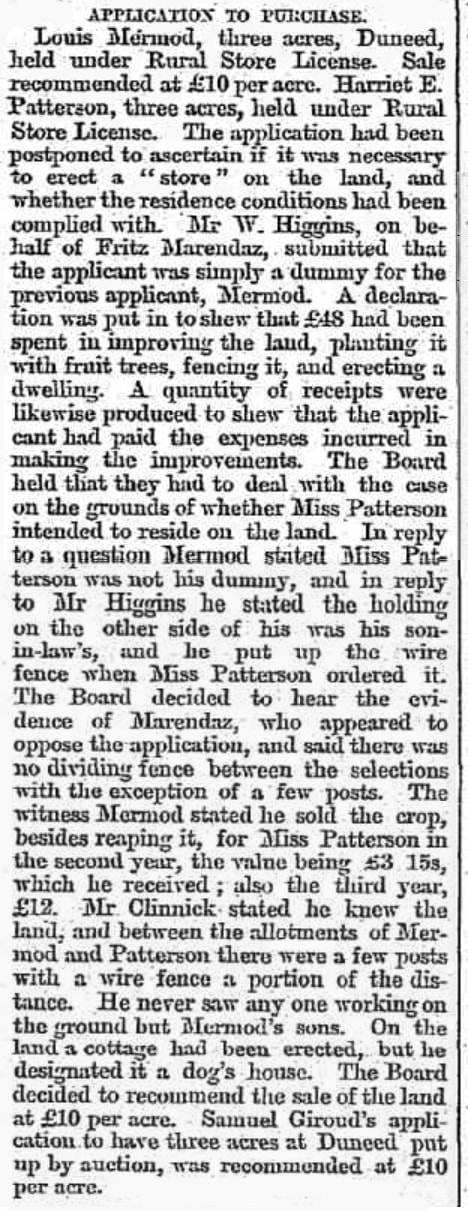
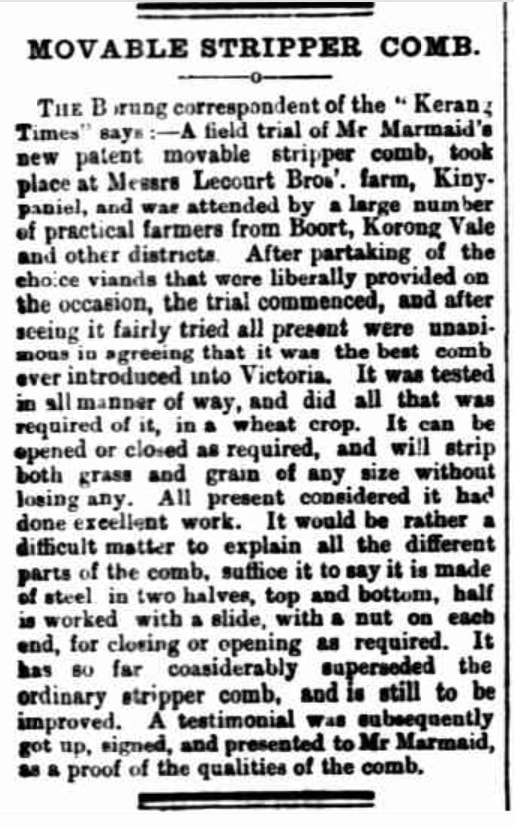
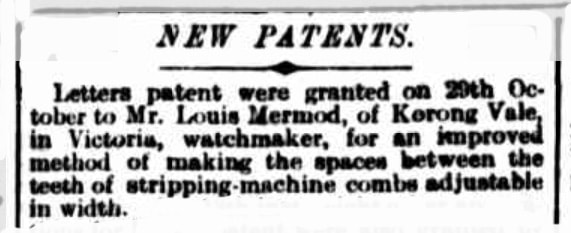
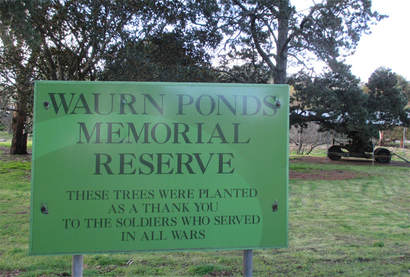
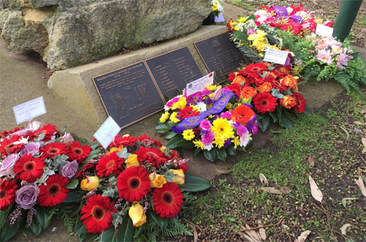
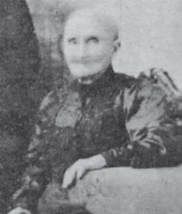
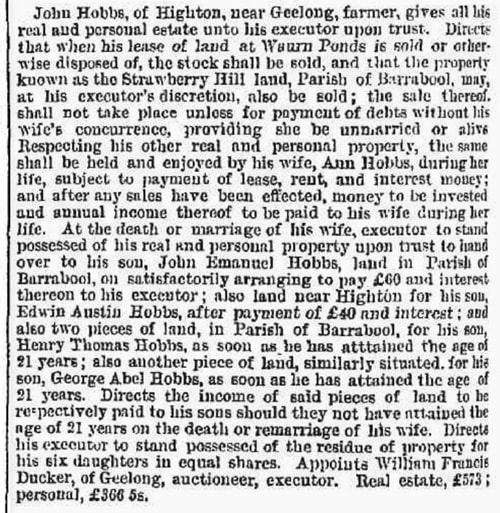
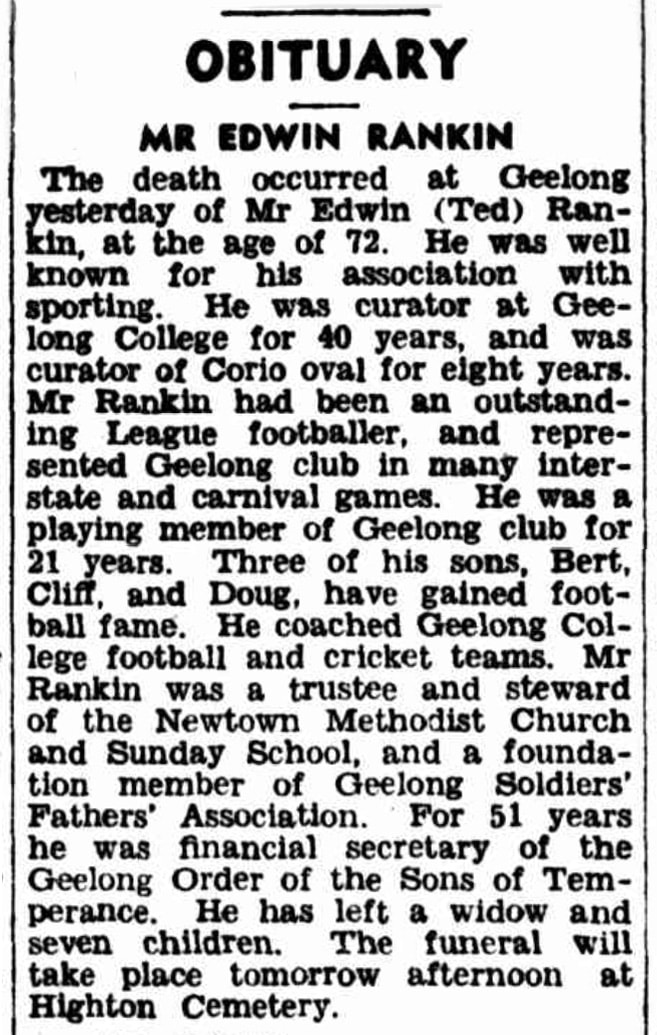
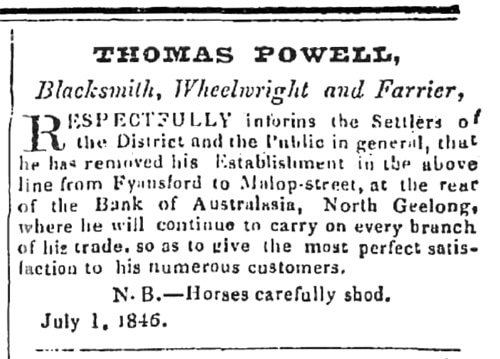
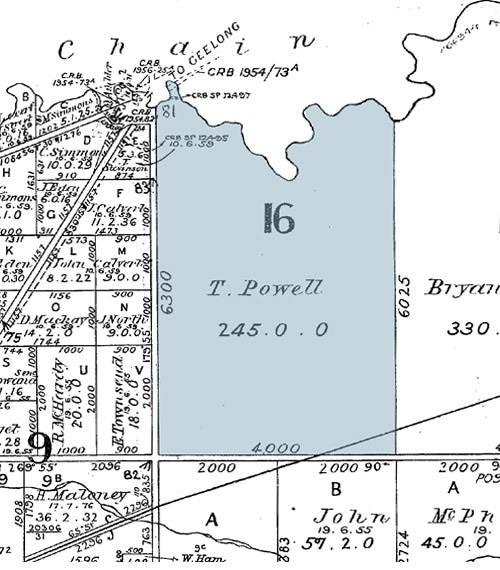
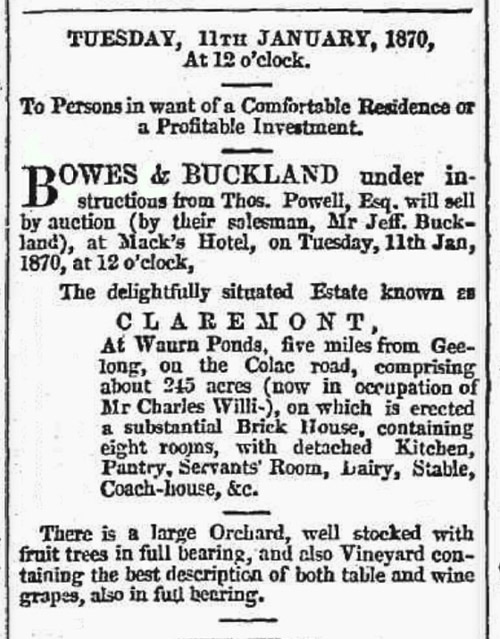
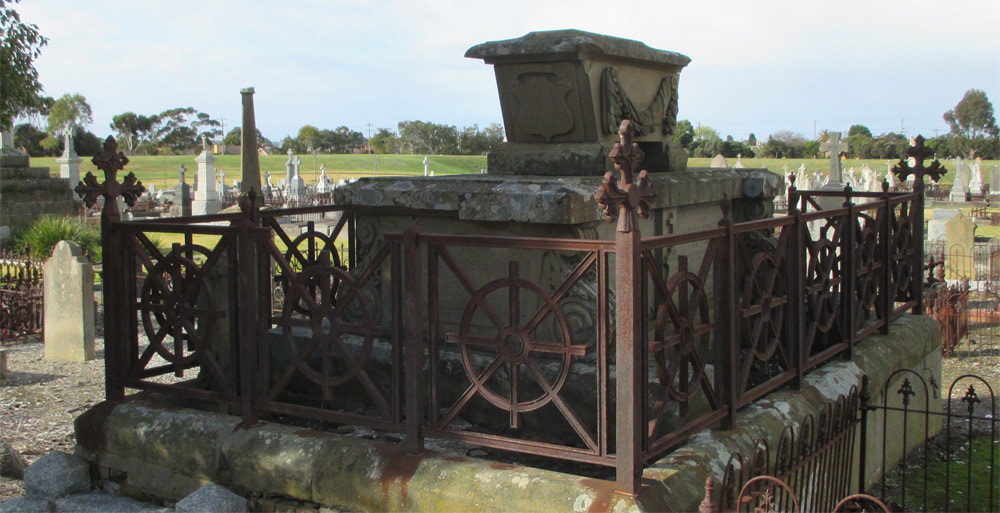
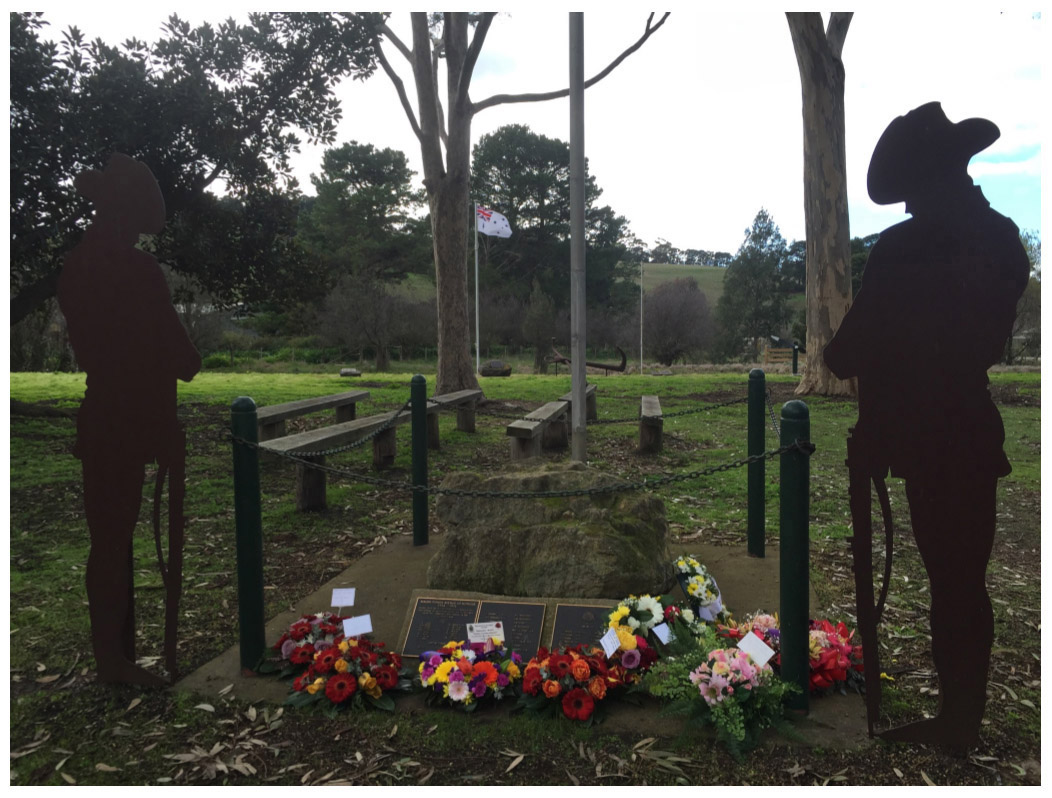

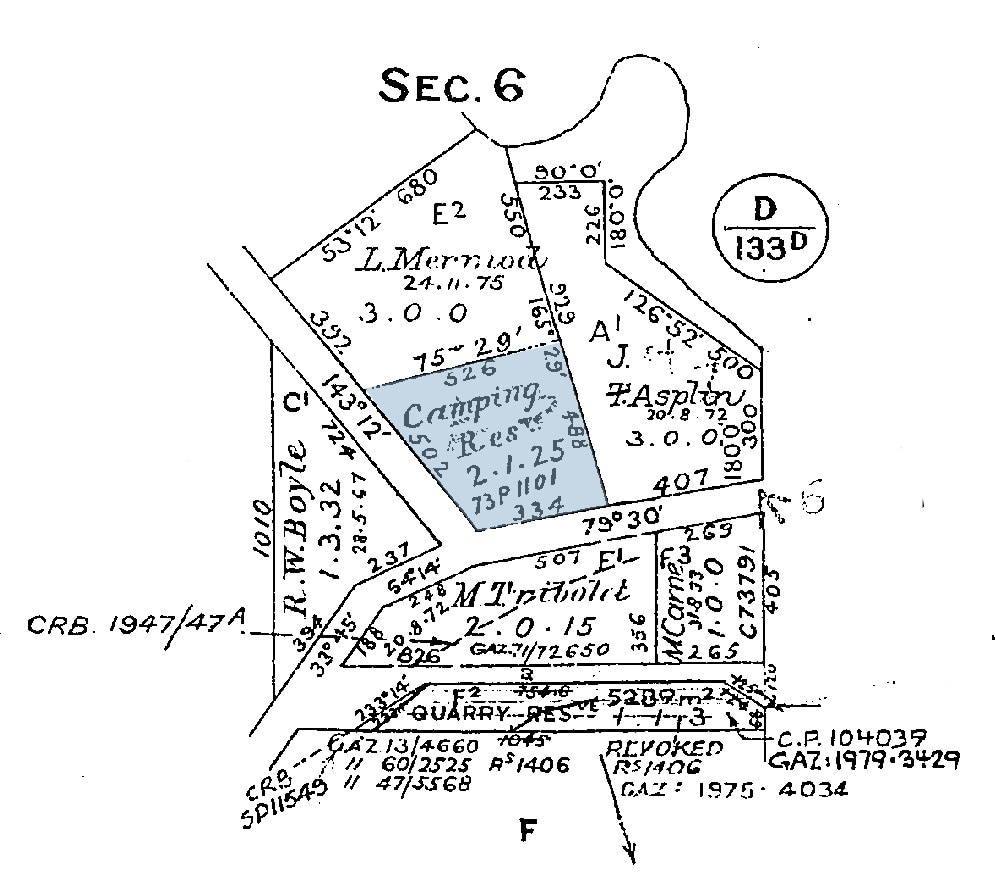
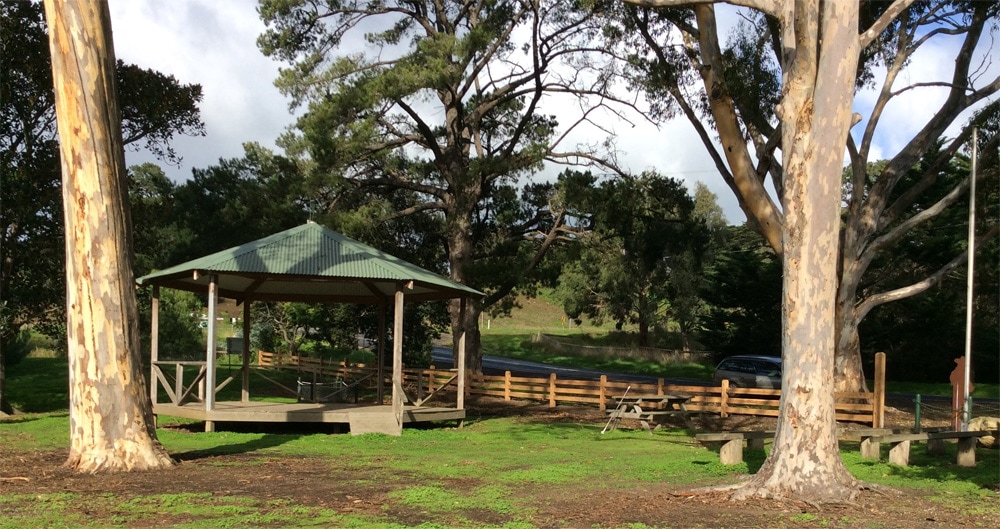

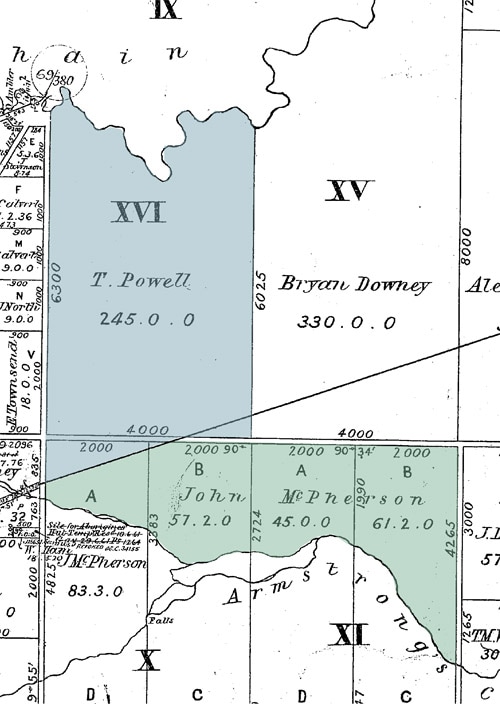
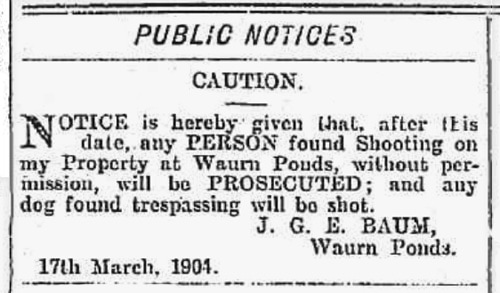
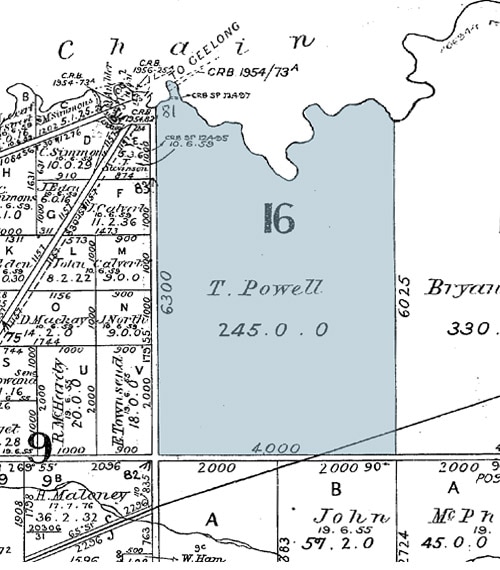
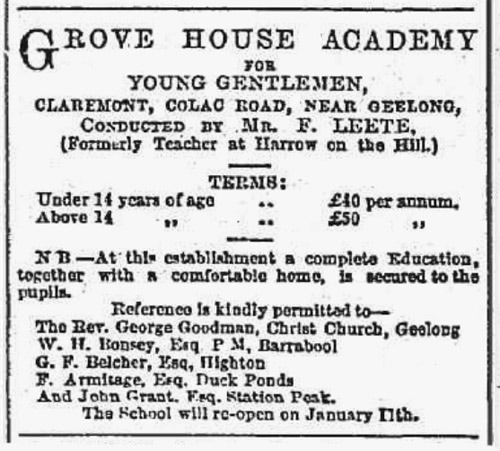
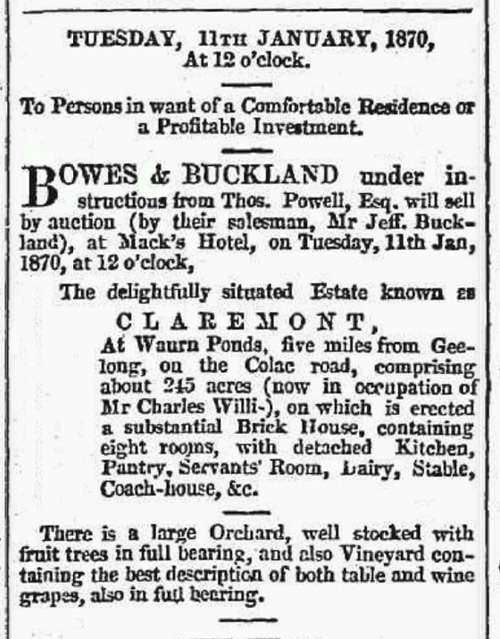
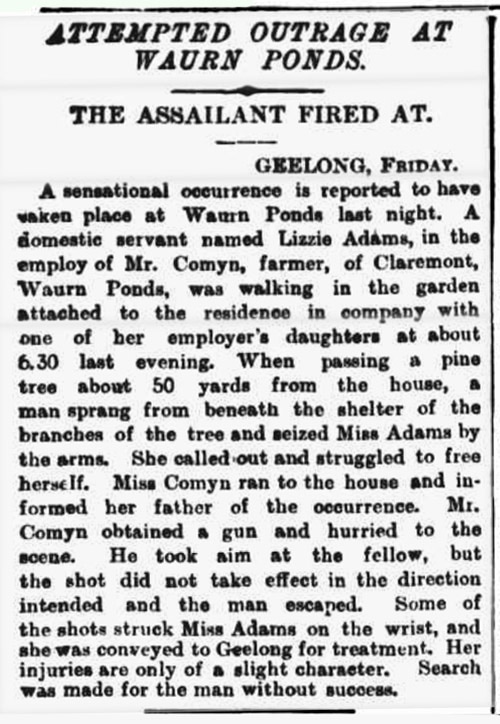
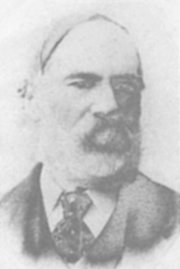
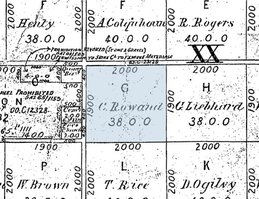
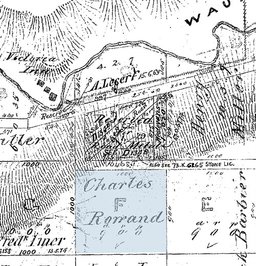

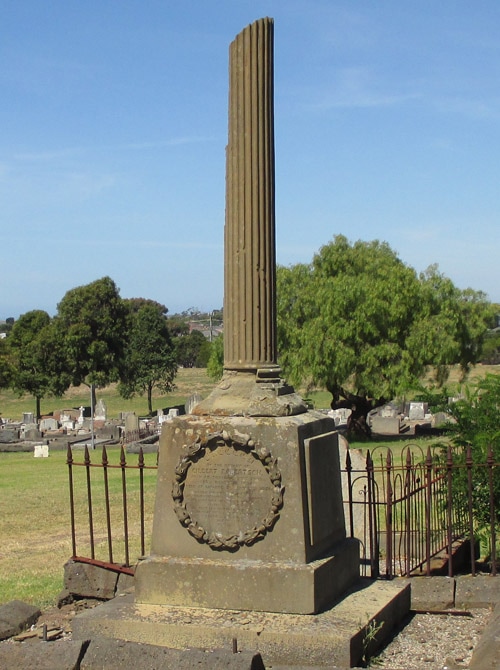
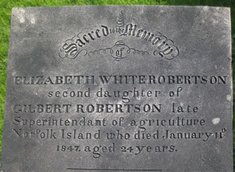
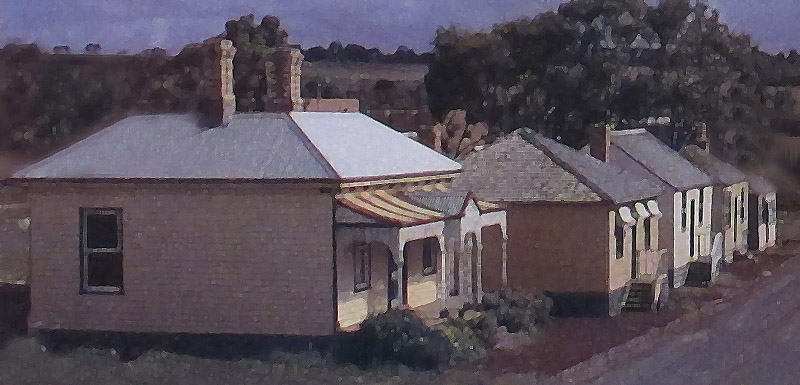
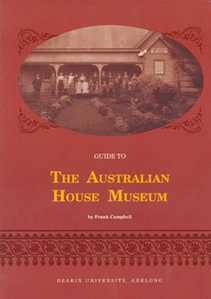

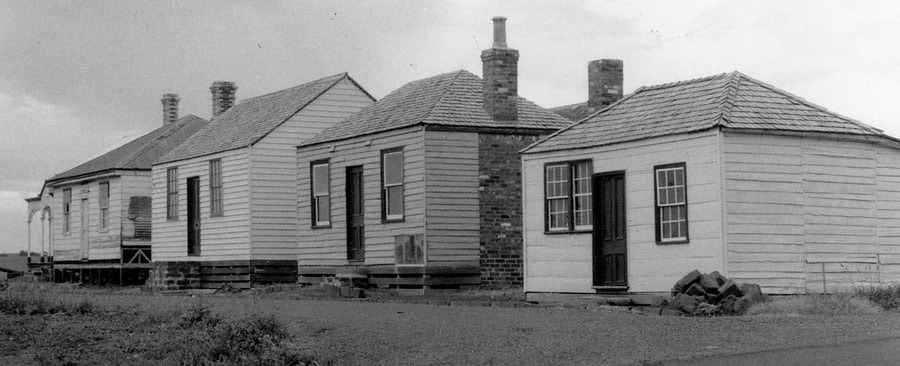
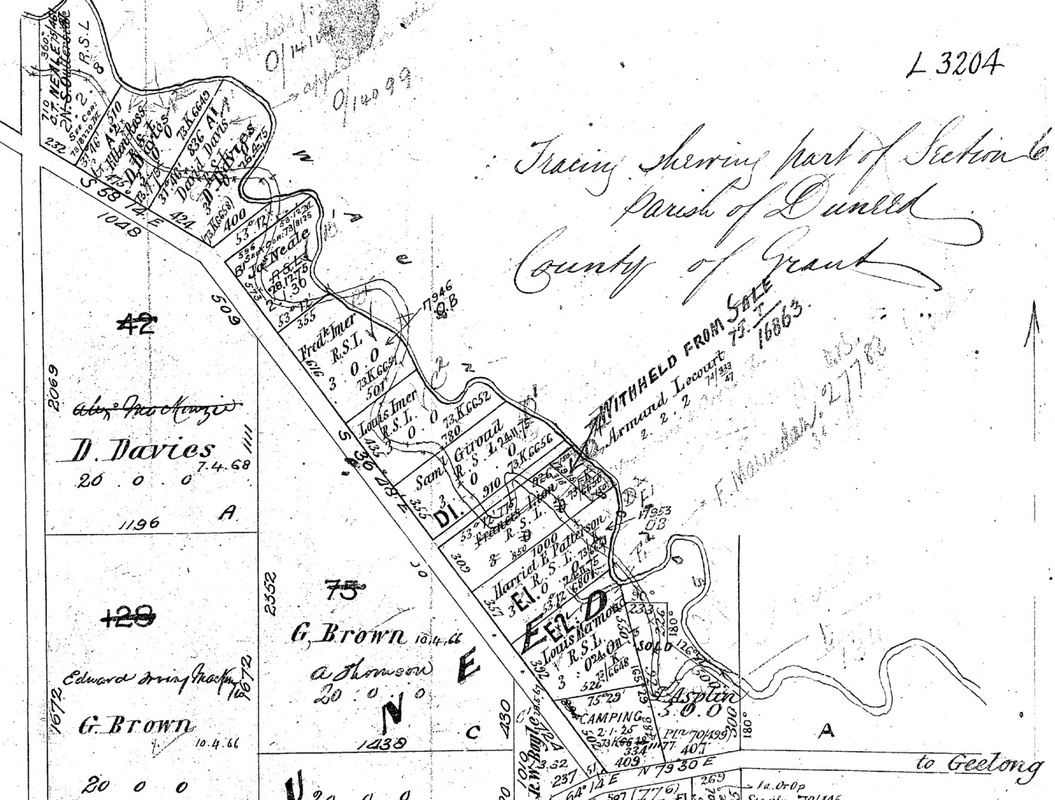

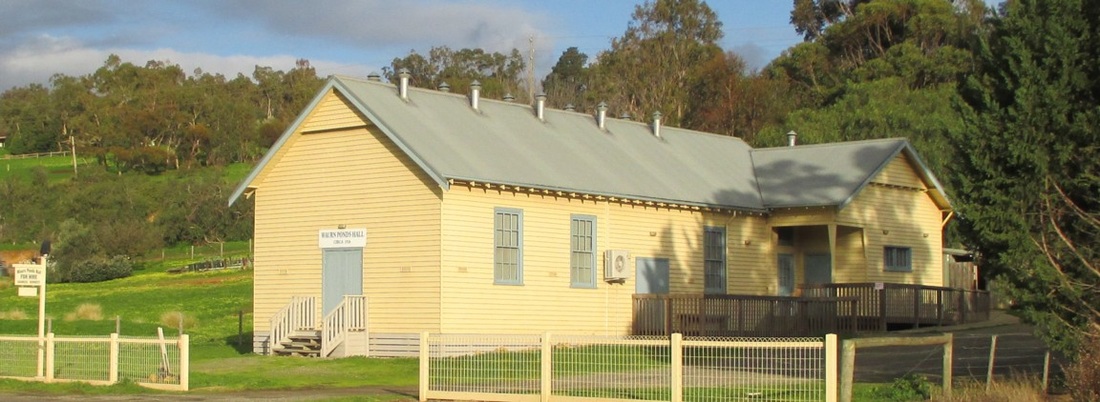
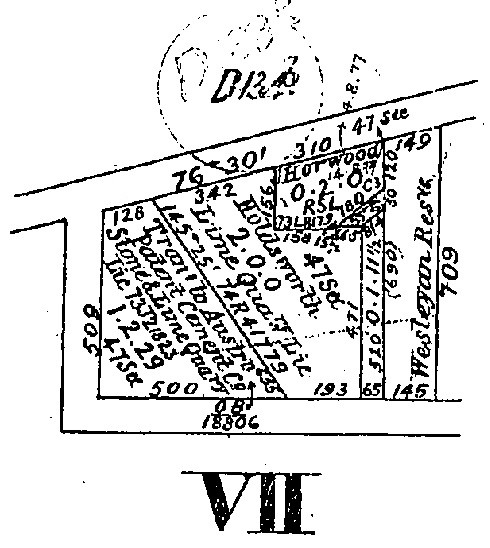
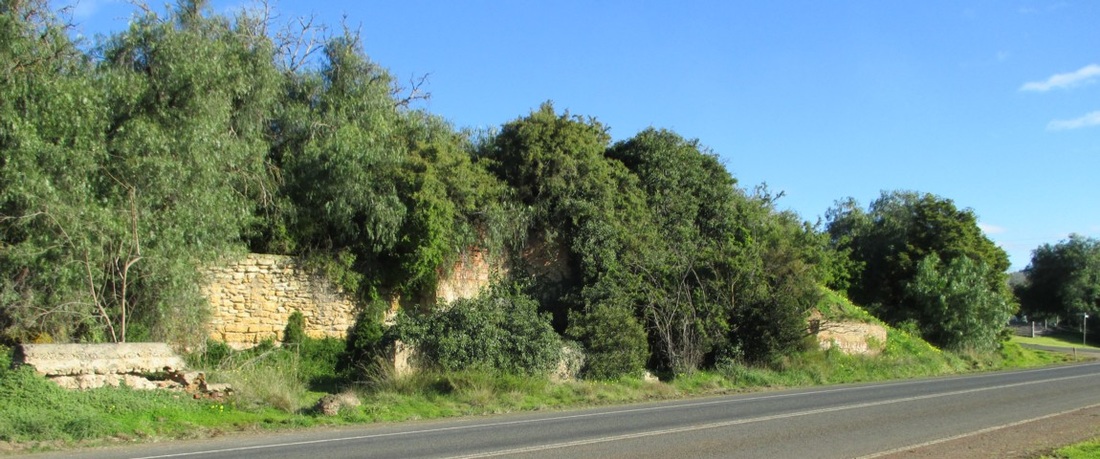
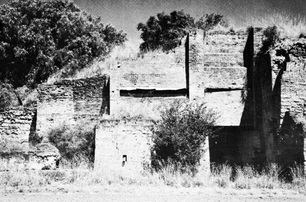
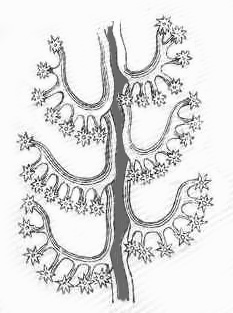
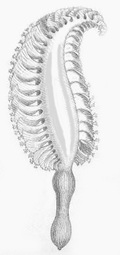
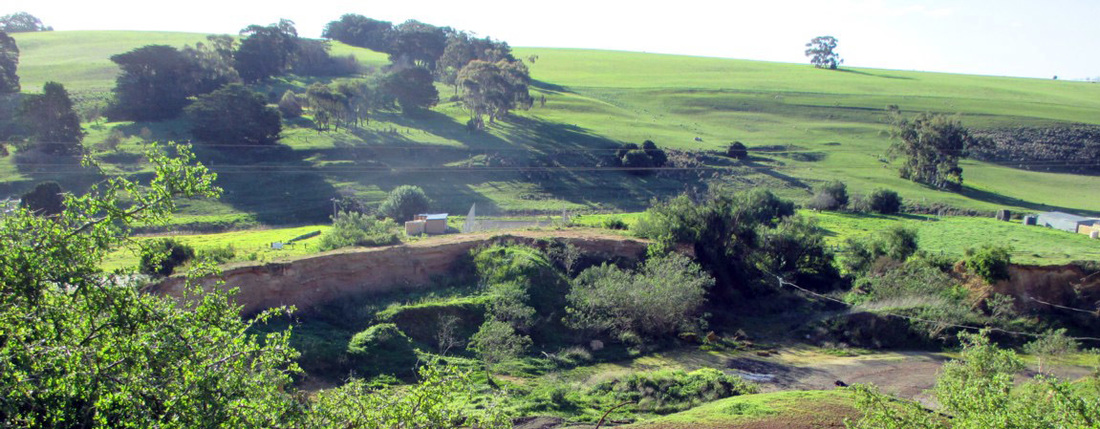
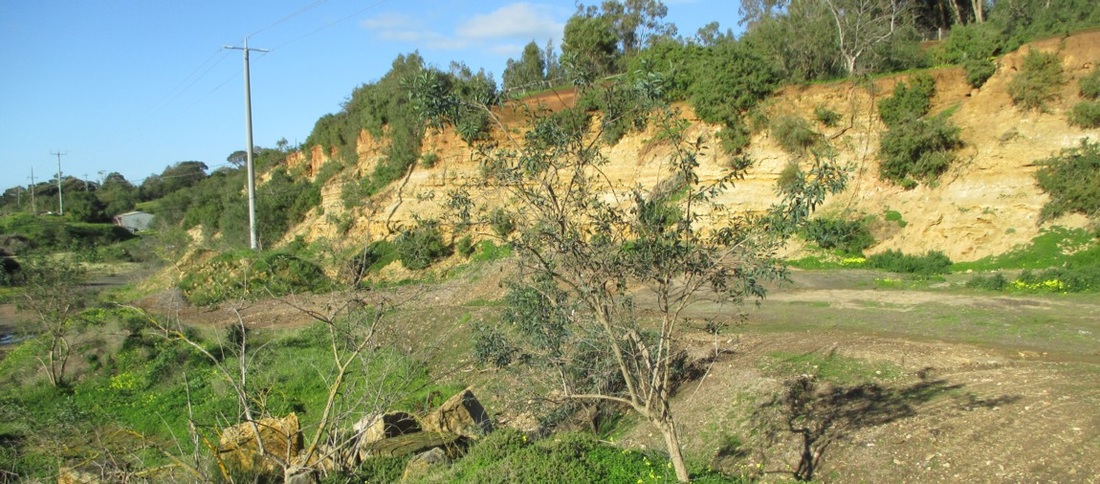


 RSS Feed
RSS Feed
